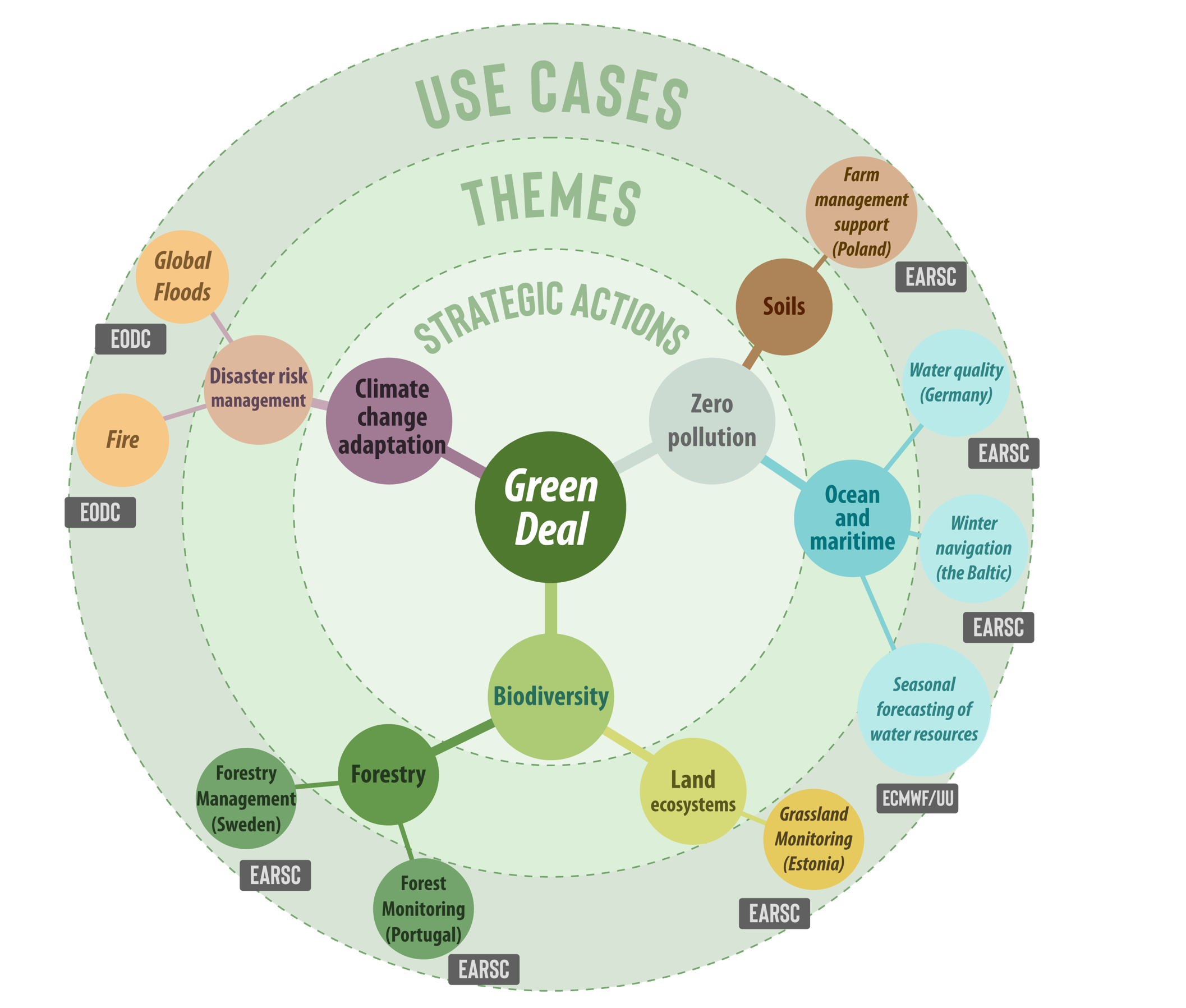Green Deal Data Space Community of Practice
The GREAT project aims at fostering an international cross-sectoral Green Deal Data Space Community of Practice, which will shape and constitute the future Data Space through the provision and use of data.
To facilitate the creation of the Community of Practice, GREAT calls together the core of the Community – the Task Forces, which will represent and bring on board reference Use Cases.

To view our mind map, click the blue button labeled ‘See the board.’ You can zoom in and out, as well as pan around the mind map.
The board serves as an interactive representation of our vibrant Community of Practice. At its core are the Task Forces, diligently championing the GREAT Reference Use Cases & initiatives. Surrounding them is the outer dark green circle, a collaborative space featuring partners from Data sharing, Private Sector, and various International Institutions and Organizations closely intertwined with GREAT.
Expanding further outward, our network encompasses over 400 external groups across diverse sectors and stakeholder categories. These entities have directly benefited from or actively contributed to the development of the Green Deal Data Space. This dynamic representation allows users to zoom in and explore specific stakeholder groups.
